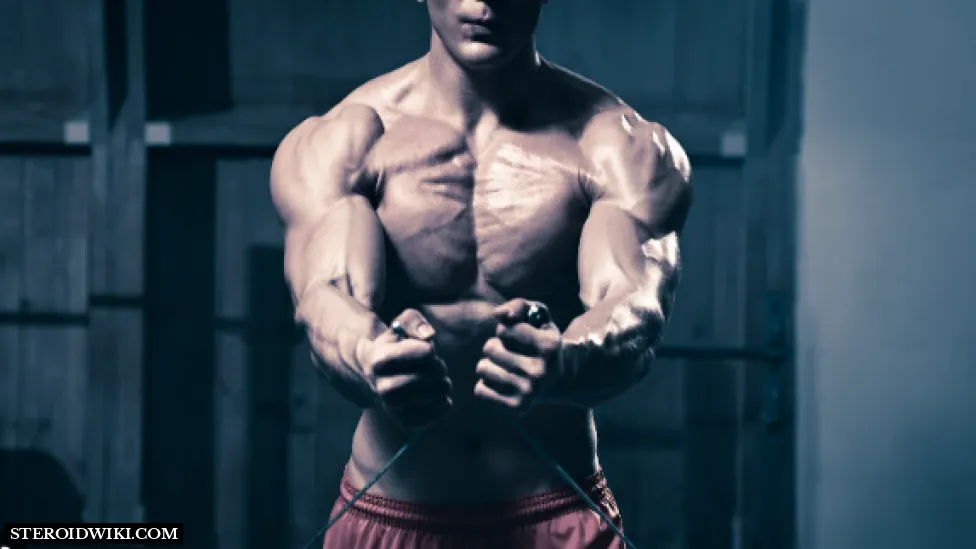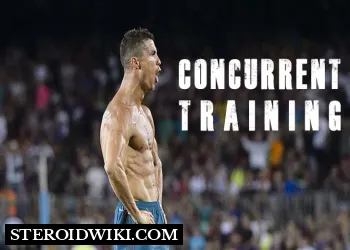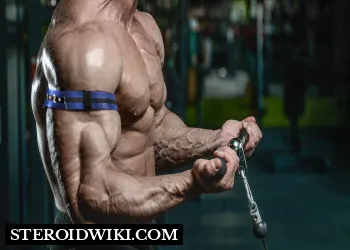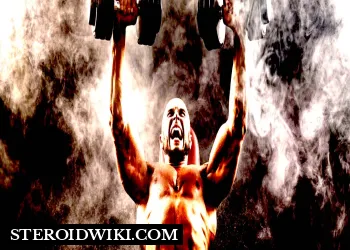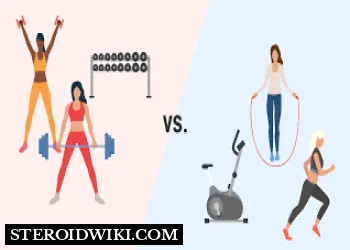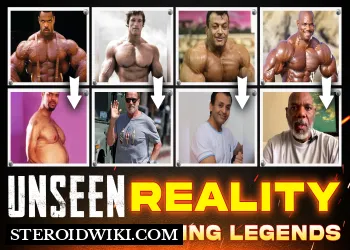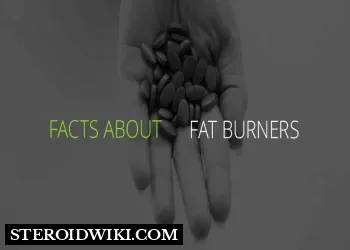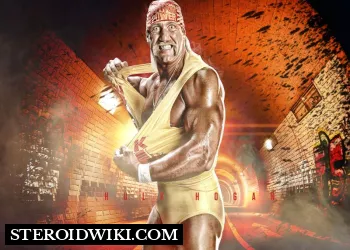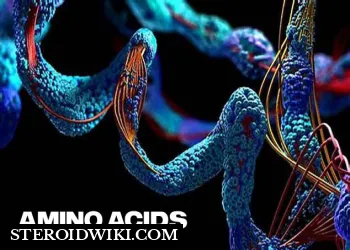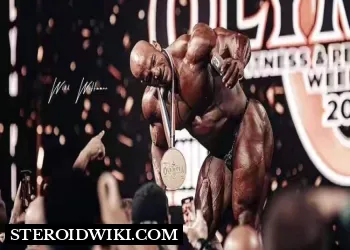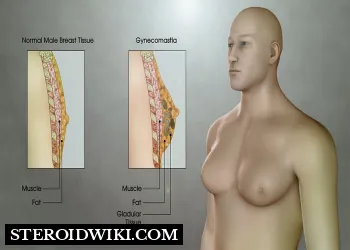Exercises Required per Muscle
How many exercises should you do per muscle?
Optimising Muscle Hypertrophy: An Organized Overview
Table of Contents
Introduction
- There are several lifters who tend to train their muscles with numerous exercises, but how many should YOU do?
- What are the movements required for the best outcomes?
This article below has the specific details you need!
The lifters who do various workouts combine compounds, follow diverse movement forms, and do isolation exercises to function their muscles from diverse angles.
Such as:
- Pec deck
- Flat barbell bench press
- Inclined dumbbell flyes
- Decline chest press machine
- Incline dumbbell bench press
In short, this is all about holistic training.
There is no predefined number of exercises to be done per muscle. Therefore, exercising in surplus certainly won't result in improved outcomes. Every human body reacts differently to exercise.
Despite that, one should know about the other aspects to consider when making a plan for how many exercises to do per body part. Your training regimen will be more individualized if you take these factors into consideration rather than picking exercises at random.
Let us help you select how and which movements are useful for each muscle group:
Muscle Anatomy
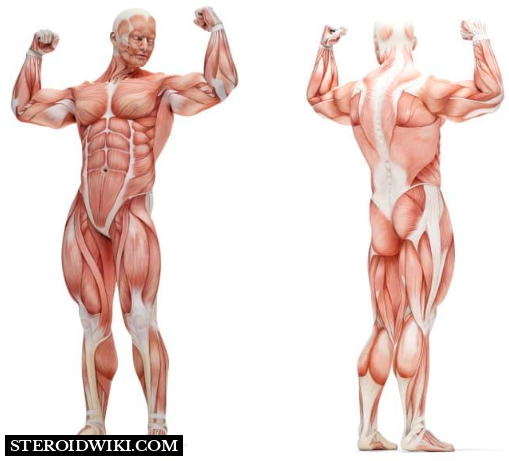
Few muscles in the body have complex designs and more functionality. These structurally complex muscles require more exercises to develop completely. A human body has more than 600 muscles. It is very difficult to talk about each muscle movement.
Following is a list of a few body parts and muscles that a bodybuilder will focus on developing:
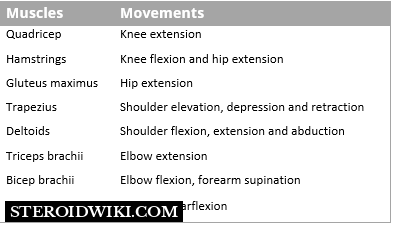
Muscles with a single function don’t require various exercises. For example, the back needs more work than the triceps, and the chests also need more exercise than the calves.
Muscle Fiber Orientation
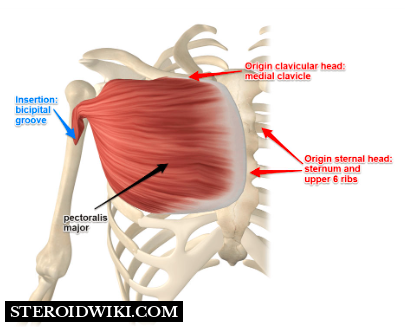
Although muscles have a single name, they can consist of numerous head-shaped clusters of fibres. These heads function together, yet they can also be emphasized by setting the angle of the limbs.
Some examples of this are represented below:
- Deltoids – anterior, medial, and posterior heads
- Trapezius – upper, middle, and lower heads
- Pectoralis major – clavicular, sternal, and costal heads
The other muscle groups that are made up of numerous individual muscles are:
- Hamstrings: biceps femoris, semimembranosus, and semitendinosus
- Quadriceps: vastus lateralis, rectus femoris, vastus medialis, and vastus intermedius
- Triceps surae: gastrocnemius and soleus
Therefore, we say, the more heads and diverse fiver alignments a muscle has, the more mixed an exercise selection needs to be done.
Bi-Articular Muscle Theory
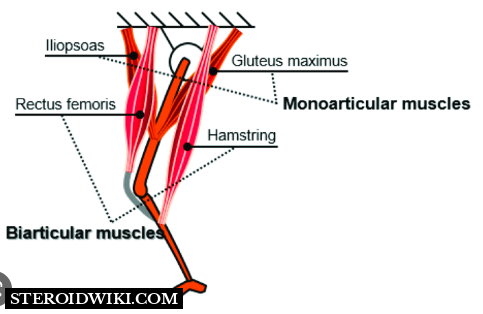
Biarticular muscles are the muscles which are crossed and affect two joints, such as biceps, hamstrings, triceps, etc.
For example, squats can be a mighty leg workout. In the motion of the hip and knee, the rectus femoris contributes. Vastus lateralis develops due to squats.
Stretch-Mediated Hypertrophy
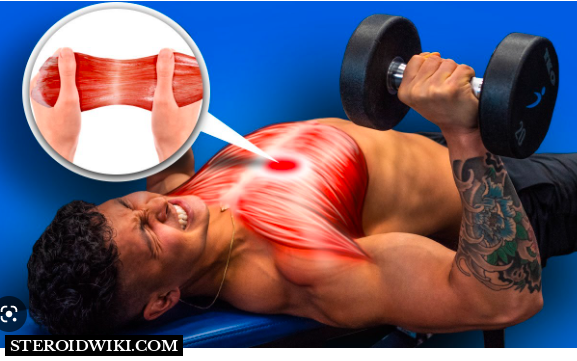
For hypertrophy, workouts that help muscles into a loaded stretch are good. It occurs naturally in some muscles and exercises, for example, dumbbell flyes for pecs.
A bodybuilder should do exercises that contribute to a loaded stretch.
Example include:
- Incline biceps curls
- Overhead triceps extension
- Wide-grip pull-ups
- Seated leg curls
These are all supplementary exercises and are considered secondary movements. In this way, you don’t need to carry heavy weights. Certain muscles might benefit from additional exercises to enable you to train them in a stretched position.
Strength Curves
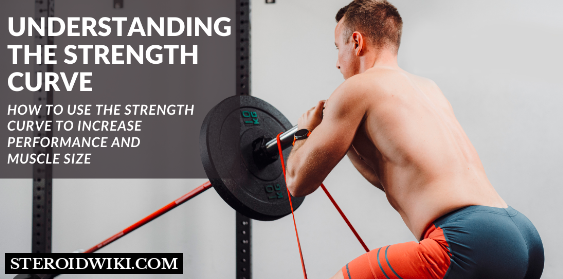
Different parts are stretched in different exercises. For example, your muscles may feel tension at the start of each rep or at the end of each rep. Such differences are known as strength curves. Train your muscles with different strength curves so that they target different parts of the muscle for significant hypertrophy throughout the entire muscle belly.
Indirect Training Effect
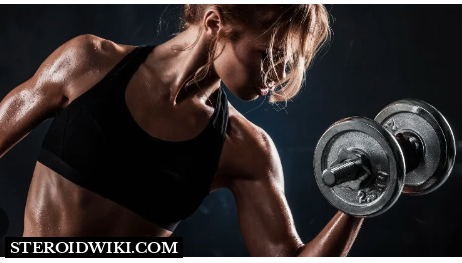
With bodybuilding exercises, numerous muscles are positively affected. Such as:
- Triceps contribute to the chest and shoulder pushing workout.
- Biceps affect back-pulling workouts.
Few muscles do not need additional workouts to emphasize their development, even if they get indirect training. As a matter of fact, performing a high volume of training may cause unbalanced development and other problems as well.
Every upper-body workout you do involves your deltoids, which are where this effect is most noticeable. For instance, if one intends to train their back or chest, the deltoids get trained unintentionally as well, so it does not require that additional workout.
Individuality
Individuality is the ultimate reason why there is no "one size fits all" answer to the question of how many workouts you should complete per muscle. The human body does have the same muscles, yet the position and adjustment of those muscles differ greatly. Elements that cause people to react differently to each exercise and workout in various ways can be:
- Muscle fiber makeup
- Origin and insertion points
- Tendon and muscle belly length
One should understand that it is important to customize your exercise patterns according to their physiology and unique anatomy. Most trainers do not consider your uniqueness so it’s you who need to determine how many exercises you need per muscle group.
Practical Programming Guidelines
Now you must have understood that all the muscles in your body do not require the same number of exercises to be completely enhanced.
Let’s understand that performing five sets of exercise for your shoulders, arms, back, and legs means some muscles get overtrained, whereas other muscles might get undertrained.
Training courses that neglect matters like bi-articular theory, indirect training, strength curves, stretch mediate hypertrophy, and others can surely come up with lucrative outcomes you need, yet their productiveness is purely predicated on your luck rather than planning.
It's also not possible to determine for you exactly how many exercises and movements you should perform for each muscle group to maximize your progress due to individuality.
As the guidelines provided above are based on diverse considerations and criteria, you may benefit from them to decide how many workouts you need to perform per muscle group.
However, please keep in mind that this is just a basic foundation and that your choice will need to be adjusted based on your actual outcomes.
For more details, please click here to learn more about general wellbeing, nutrition, and steroids.
Disclaimer: SteroidWiki doesn’t promote unlawful usage of any chemical compound. The knowledge presented in this article and on the website is purely for educational purposes. If you intend to use the information provided in this article for any purpose, please make sure to check and comply with the laws of your country or area.
References
- Baz-Valle, E., Balsalobre-Fernández, C., Alix-Fages, C. and Santos-Concejero, J. (2022) A Systematic Review of The Effects of Different Resistance Training Volumes on Muscle Hypertrophy, Journal of human kinetics. U.S. National Library of Medicine. Available at: https://www.ncbi.nlm.nih.gov/pmc/articles/PMC8884877/ [Accessed: 16 November 2023].
- Krzysztofik, M., Wilk, M., Wojdała, G. and Gołaś, A. (2019) Maximizing Muscle Hypertrophy: A Systematic Review of Advanced Resistance Training Techniques and Methods, International journal of environmental research and public health. U.S. National Library of Medicine. Available at: https://www.ncbi.nlm.nih.gov/pmc/articles/PMC6950543/ [Accessed: 16 November 2023].
- J;, S. B. J. (no date) How many times per week should a muscle be trained to maximize muscle hypertrophy? A systematic review and meta-analysis of studies examining the effects of resistance training frequency, Journal of sports sciences. U.S. National Library of Medicine. Available at: https://pubmed.ncbi.nlm.nih.gov/30558493/ [Accessed: 16 November 2023].
- Person (2020) This Is How Many Exercises You Should Do Per Muscle Group, Healthline. Healthline Media. Available at: https://www.healthline.com/health/fitness-exercise/how-many-exercises-per-muscle-group [Accessed: 16 November 2023].
- Sayer, A. (2022) How Many Exercises Per Muscle Group Should You Do?, Marathon Handbook. Available at: https://marathonhandbook.com/how-many-exercises-per-muscle-group/ [Accessed: 16 November 2023].

